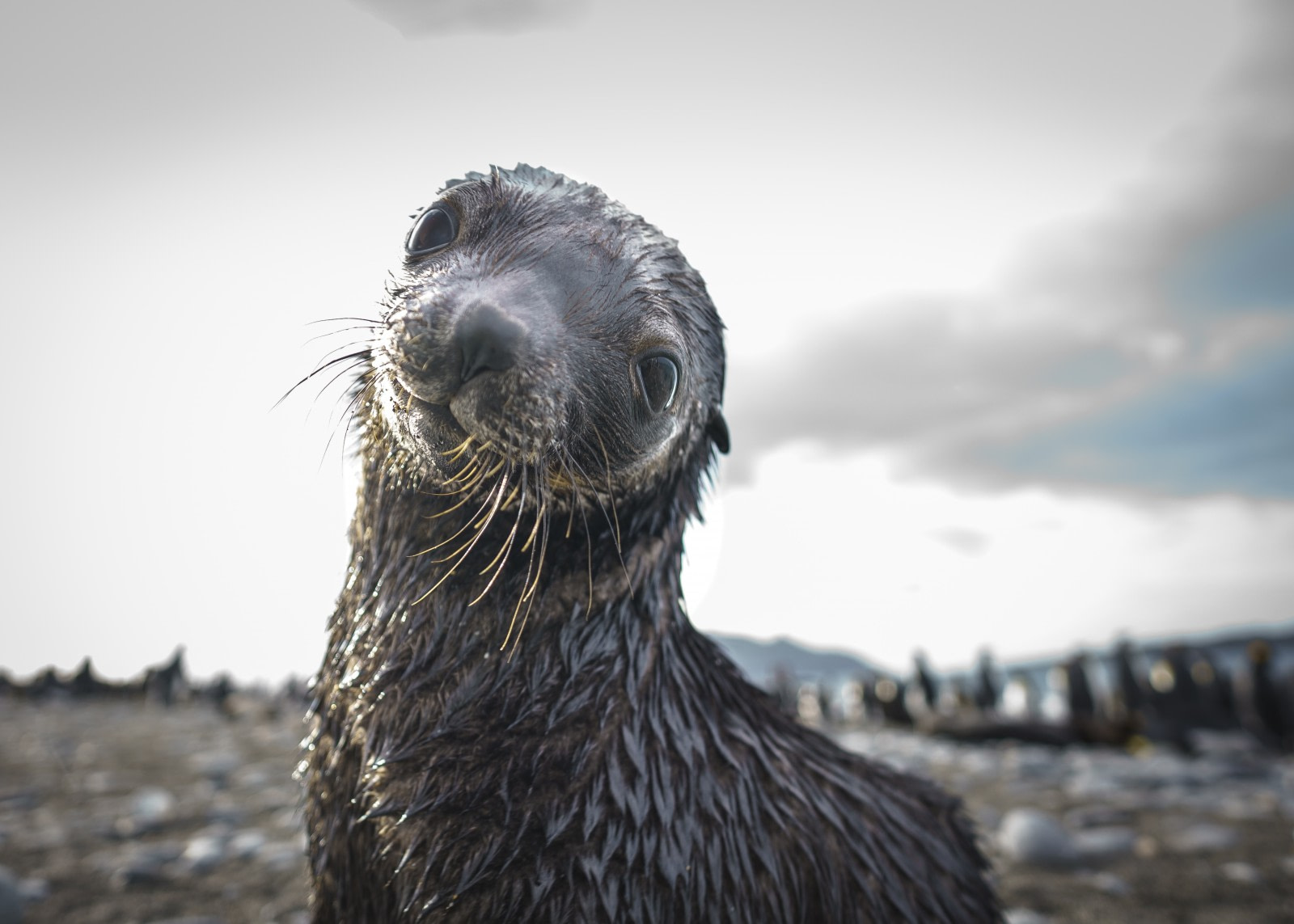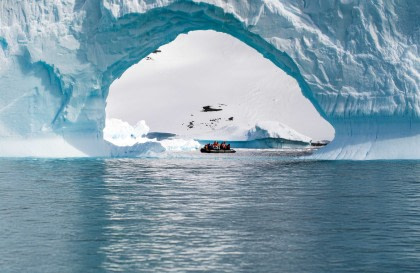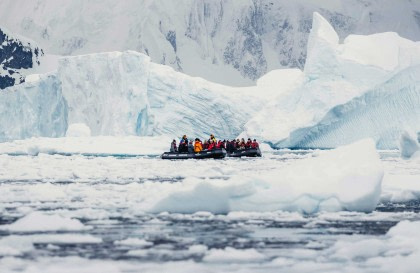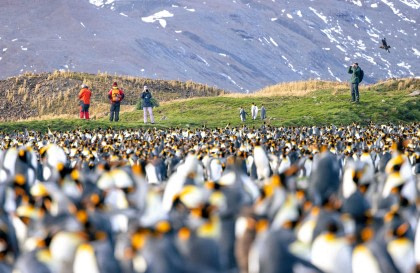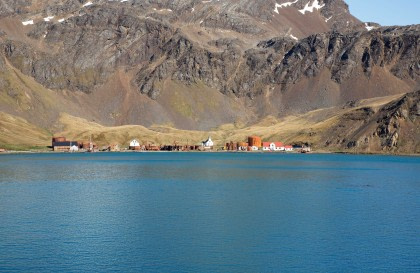The secrets of Antarctic seals revealed
There live only six species of seals in the Antarctic: Southern elephant seals, Antarctic fur seals, crabeater seals, leopard seals, Ross seals and Weddell seals. While we know of them, there are many secrets of their lives that we have yet to discover.
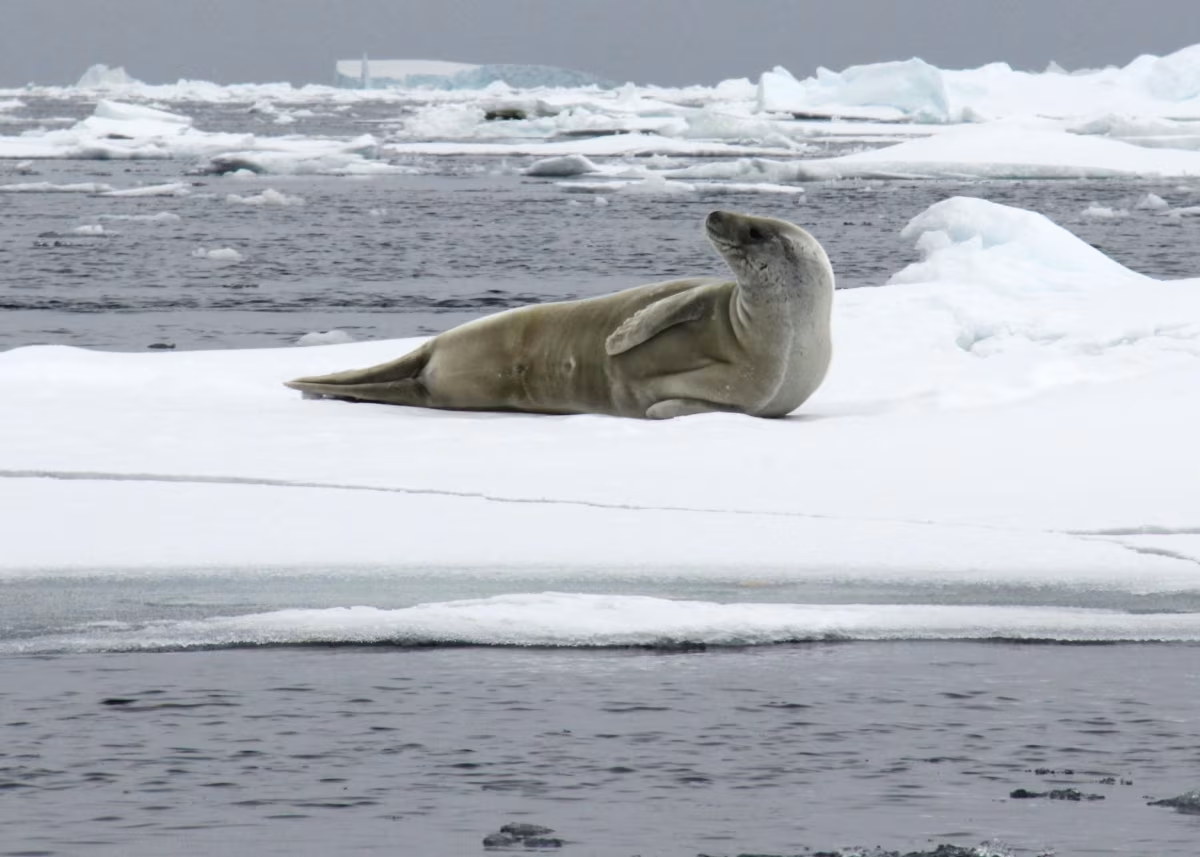
A different hunting pattern emerges
In one study on Antarctic fur seals, scientists and engineers from the British Antarctic Survey developed micro-global sensing loggers, which record times of local sunrise and sunset to estimate an animal’s location, to record the winter feeding trips of over 100 female Antarctic fur seals, including eight individuals over multiple years from two important breeding sites on the sub-Antarctic Bird Island and the South Atlantic Marion Island.
The scientists found that not only did individual seals feed in different areas from each other within a winter but they also changed their feeding locations between successive foraging trips. The scientists believe that the seals’ food is much scarcer in the winter and these animals must widen their search to find enough food.
When the data was analysed over a few years it revealed a pattern in which these wider forages overlapped one another to some degree, indicating that most of the seals visited areas they had used in previous years and found to be productive and predictable.
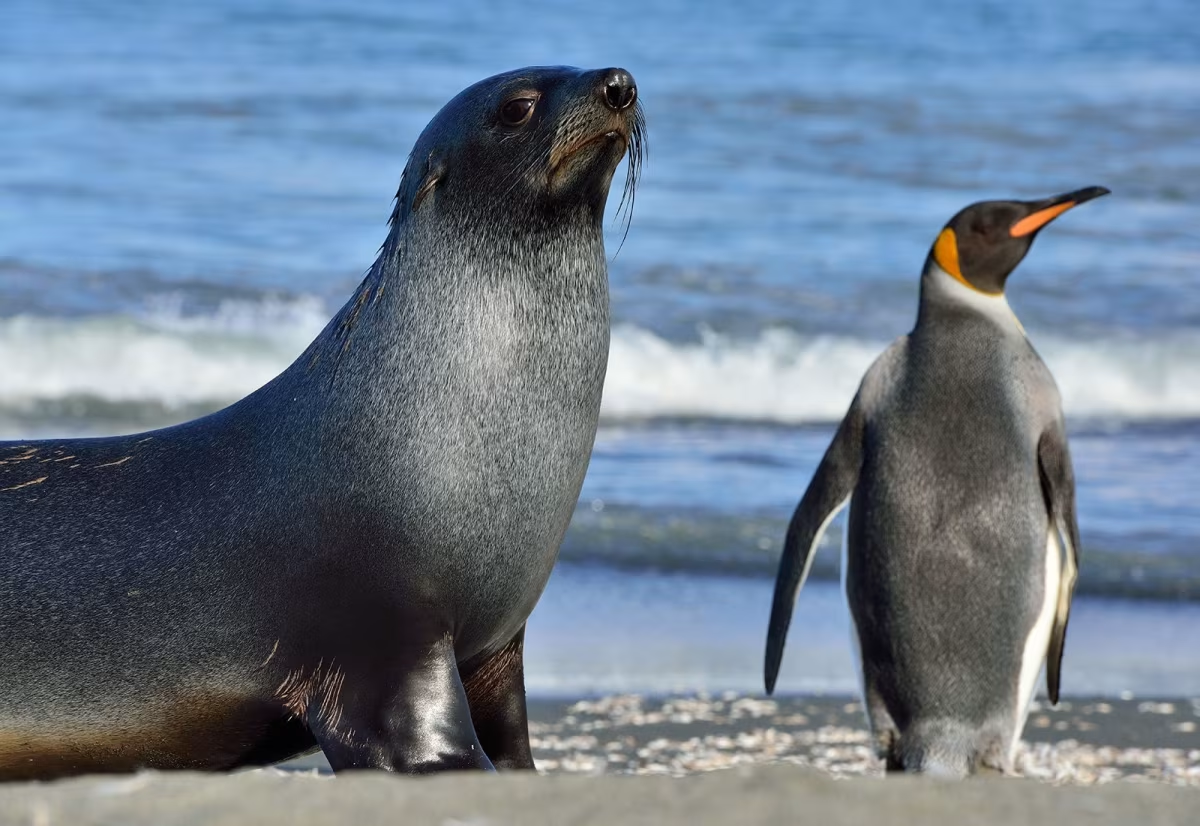
The secret life of the leopard seals
One research project involved using video to gain a rare insight into the underwater foraging ecology of leopard seals: the polar bear-sized seal is a top predator in the Antarctic which razor-sharp canine teeth that can impact significantly entire communities of prey.
The project involved researchers at UC San Diego using video to uncover details about the seals’ hunting behaviour, diet and diving activities using Crittercams, which are small video cameras that are attached to animals’ bodies to record their movements.
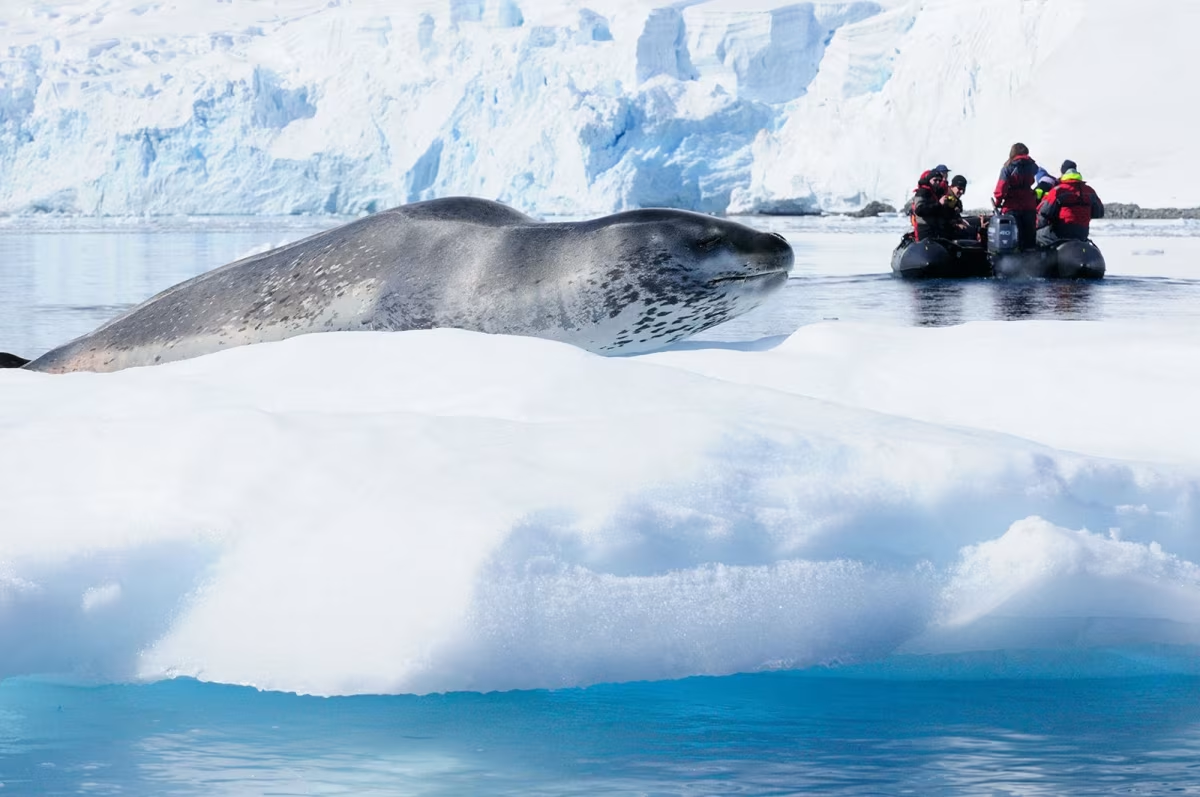
Over the period 2013-2014, the research project attached the cameras to the backs of seven different leopard seals at Cape Shirreff, a remote location on Livingston Island in the Antarctic Peninsula (the researches selected each seal before heavily sedating them to attach the camera to them, before retrieving the camera unit after 3-5 days, with no harm to the animals in any way).
The project gathered over 50 hours of film footage of the seals, providing the researchers an unprecedented glimpse into their daily lives, as typically the seals have a solitary lifestyle and prefer to spend their time on ice sheets that are constantly floating across the oceans, and so there is limited time to study them.
An interesting discovery is that scientists believed leopard seals ate krill, however the seals in this study did not eat any krill at all. Instead, the seals spent the majority of their time foraging along the seafloor where they hunted for notothen fish, which is a bottom-dwelling ice fish species.
The leopard seals’ hunting expertise
Of surprise was that the leopard seals had developed individualised techniques for hunting their prey, with one female swimming along the seafloor until she detected one of these fish hiding under a rock, from which she stuck her snout by the rock and flushed out the fish and when it swam away she grabbed it and took it to the surface to eat it.
Prior to this, out of over 30 scientific reports only two reports have indicated the leopard seals ate bottom fish and only one indicated a diet that included notothen fish. The research made a discovery in that leopard seals engaged in food stealing. Prior to this study, scientists believed that leopard seals engaged in cooperative feeding where the animals worked together as a group to forage and hunt prey.
Instead, the footage showed nearly half a dozen instances of fighting scenes between female leopard seals over food, with one video showing a female hunting then killing a fur seal pup only to be attacked by another seal, with the two seals violently clashing, striking each other’s heads. Of surprise to the scientists was that the leopard seals were also scavenging carcasses, but rather that it being random scavenging the seals were actually hoarding catches by either defending the kill or hiding it beneath rocks on the seafloor or at depths below 10 metres.
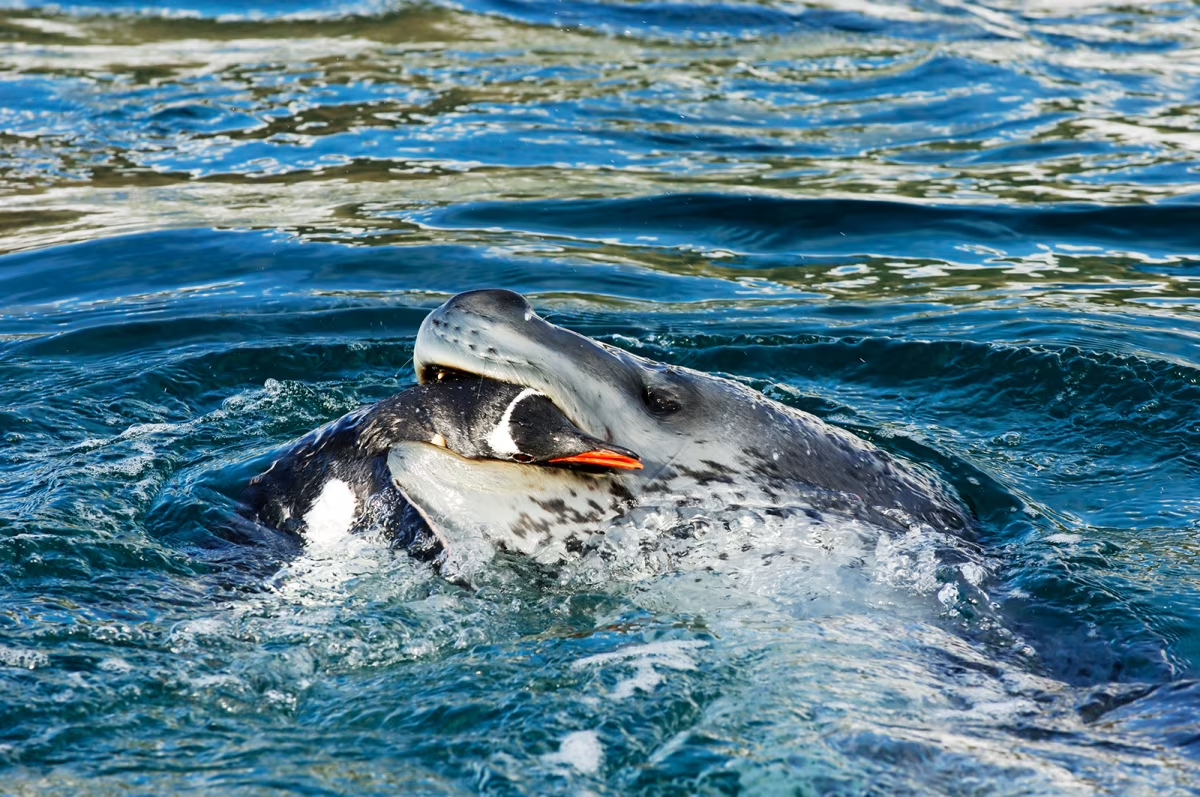
The Weddell seals’ large brain
One of the longest standing research projects on any animal species is the Weddell seal study that has been ongoing since 1968. An interesting find is that a couple of years ago a trio of researchers working for the National Museum of Natural History and the Smithsonian Environmental Research Center found that Weddell seal pups have proportionally the largest brains at birth of any known mammal.
Prior research has found that Weddell seal pups have a very precarious learning curve with pups having to navigate beneath Antarctic sea ice alone as early as six weeks old, as the mother stops looking out for them and feeding them at this stage. As such, scientists had speculated that in order to learn this fast they must have been born with an advanced brain.
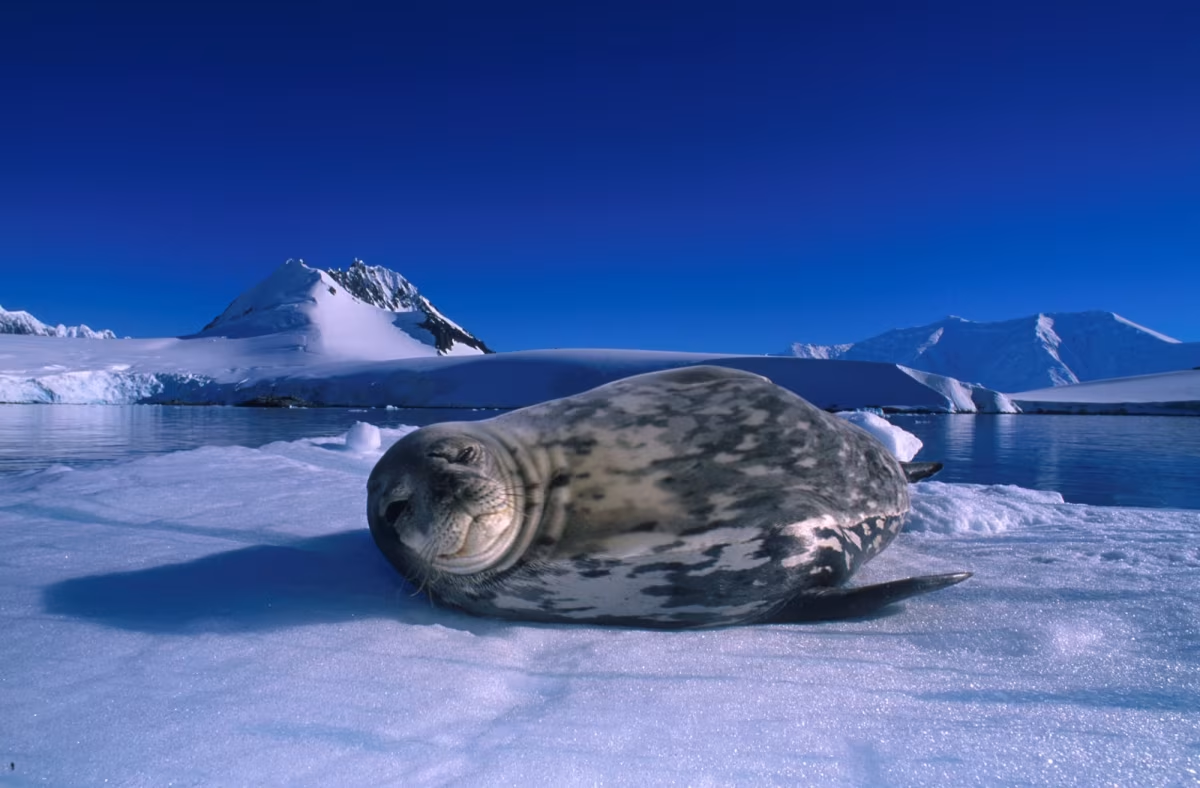
To find out, the scientists travelled to Antarctica to collect several seal pups and some adults that had died of natural causes. The heads of the dead seals were removed and sent back to the Smithsonian for examination. The research found that the Weddell seal pups had brains that on average were 70 percent as large as adults. This is despite their small size, which is just 6-7 percent of the body mass of an adult.
This finding fits into other research findings that animals born into hostile environments tend to have larger brains at birth to help them survive. For example, zebras must be able to run with a herd just hours after birth. For Weddell seals it means that pups must be able to swim long distances under the sea ice, which is very dangerous as they may not be able to find a hole in the ice or an air pocket in time to prevent drowning.
Nonetheless, the amount of energy required from the mother’s milk to enable the pup’s brains to develop fast is enormous: of the 30-50 grams of glucose needed per day to survive 28 grams is consumed by the brain.
Statistics of the elephant seals
Elephant seals are enormous creatures with males weighing up to 3,000 kilograms and adult females weighing between 300 and 900 kilograms prior to giving birth.
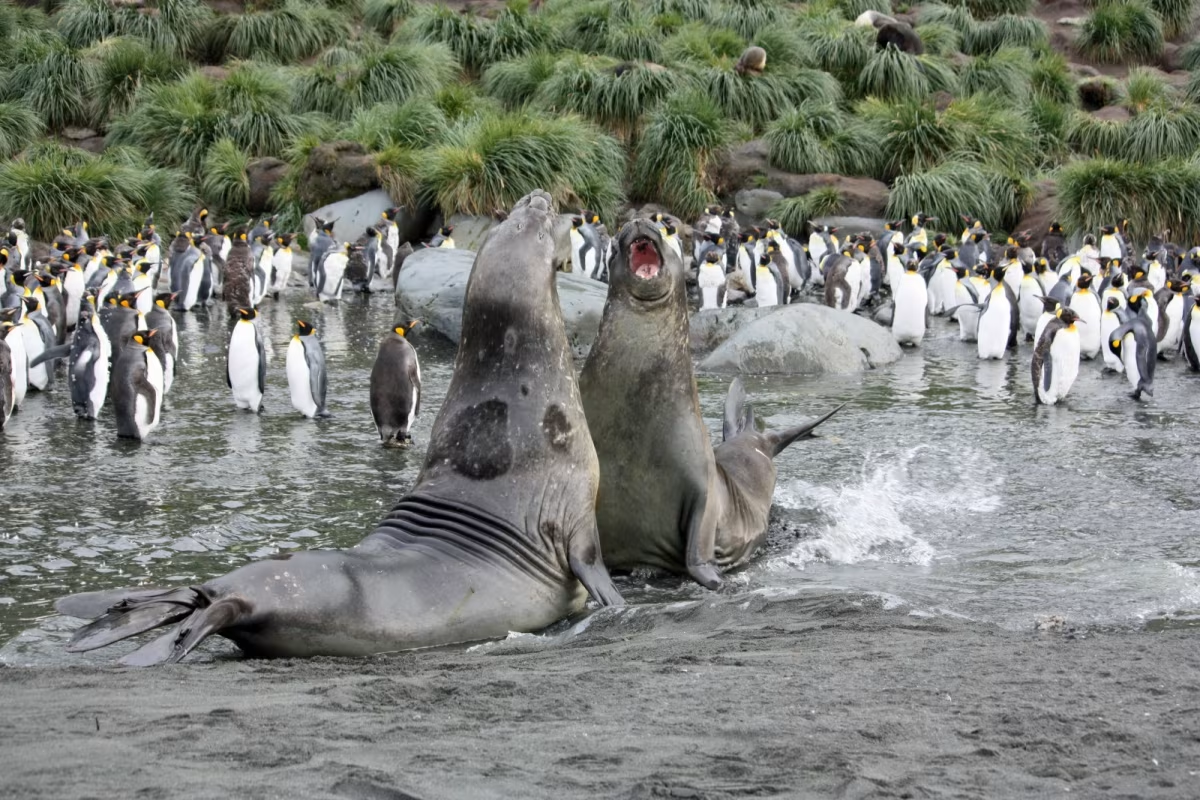
Recently, scientists from the University of Tasmania used modern tracking technology to follow over six years the lives of nearly 300 southern elephant seals located in eight sites across the Southern Ocean, from Macquarie Island south of Australia to sub-Antarctic islands including South Georgia and the Kerguelen Islands. The seals spend more than 10 months of the year foraging at sea before returning to their breeding sites.
The scientists discovered some amazing statistics including individuals diving for up to 94 minutes to depths of almost 2,400 metres and the longest migration route reaching distances of 5,482 kilometres. The scientists also gained invaluable information on the ocean too with each seal acting as a mini-submarine recording ocean temperature and salinity wherever they travelled.
